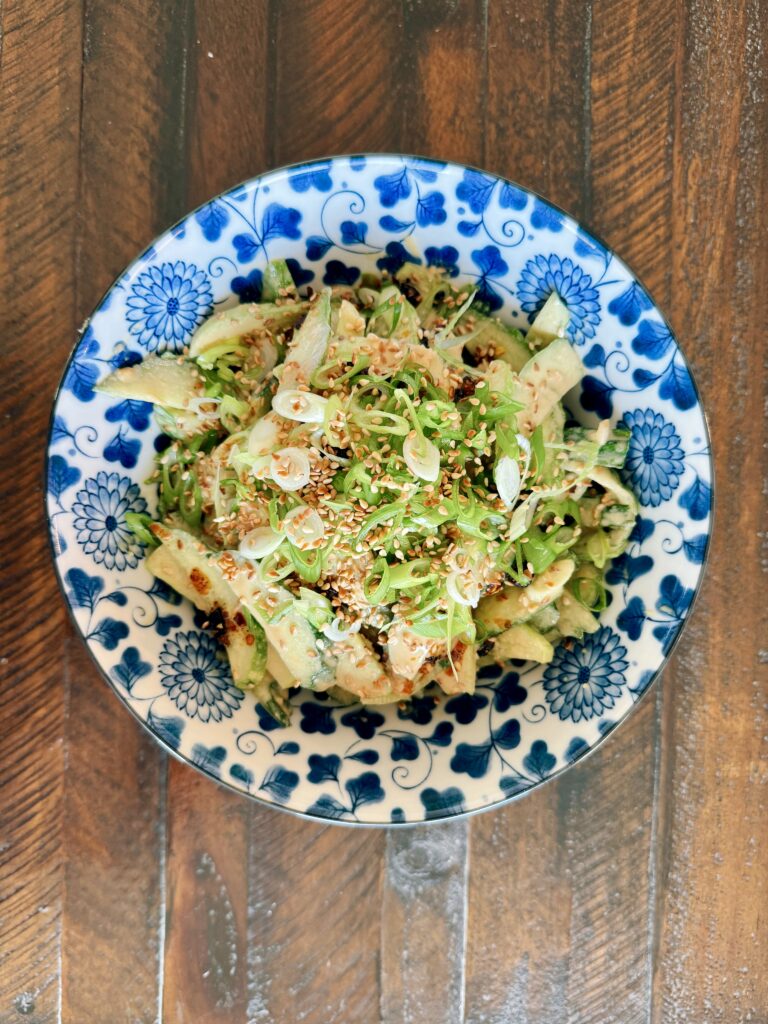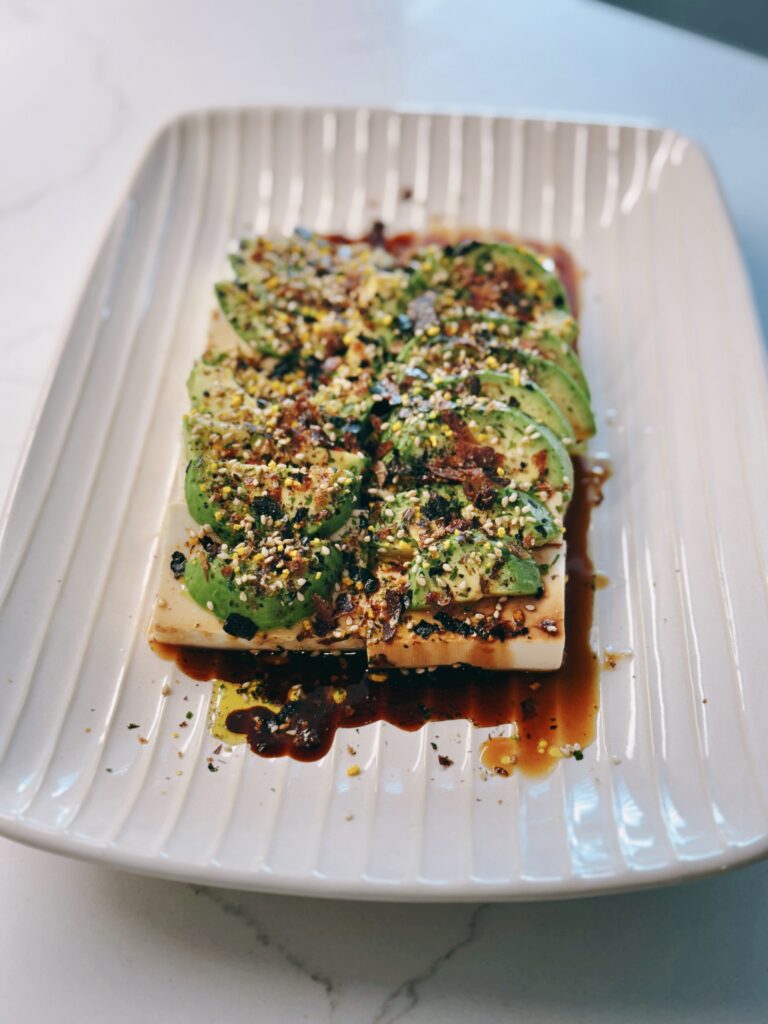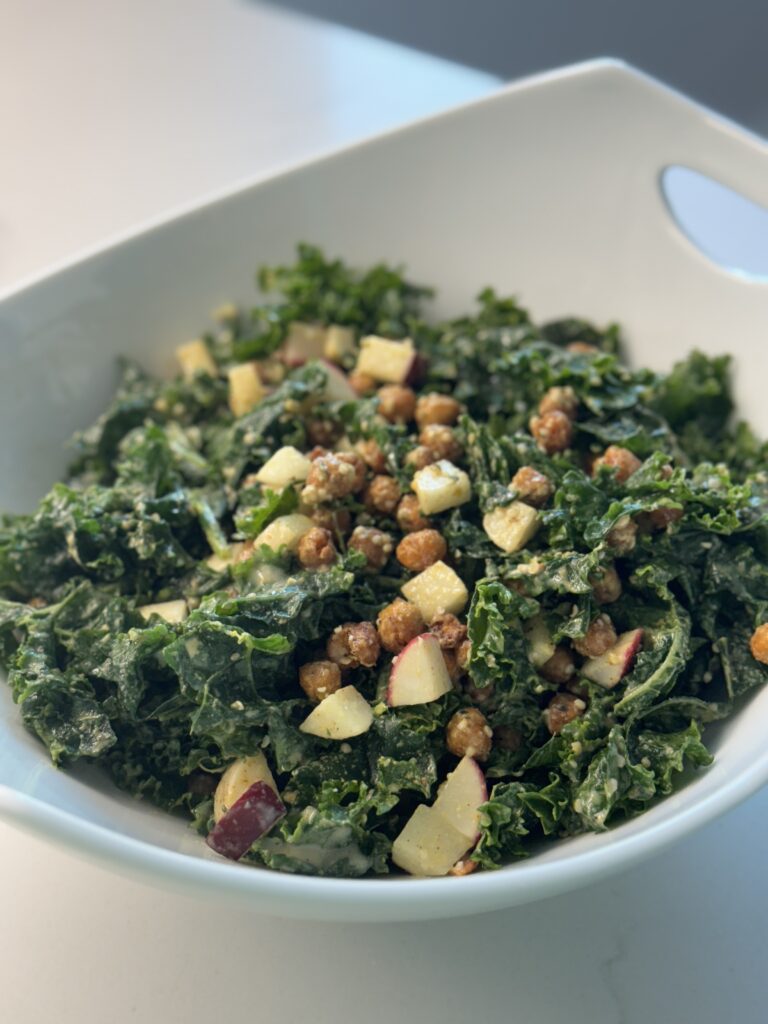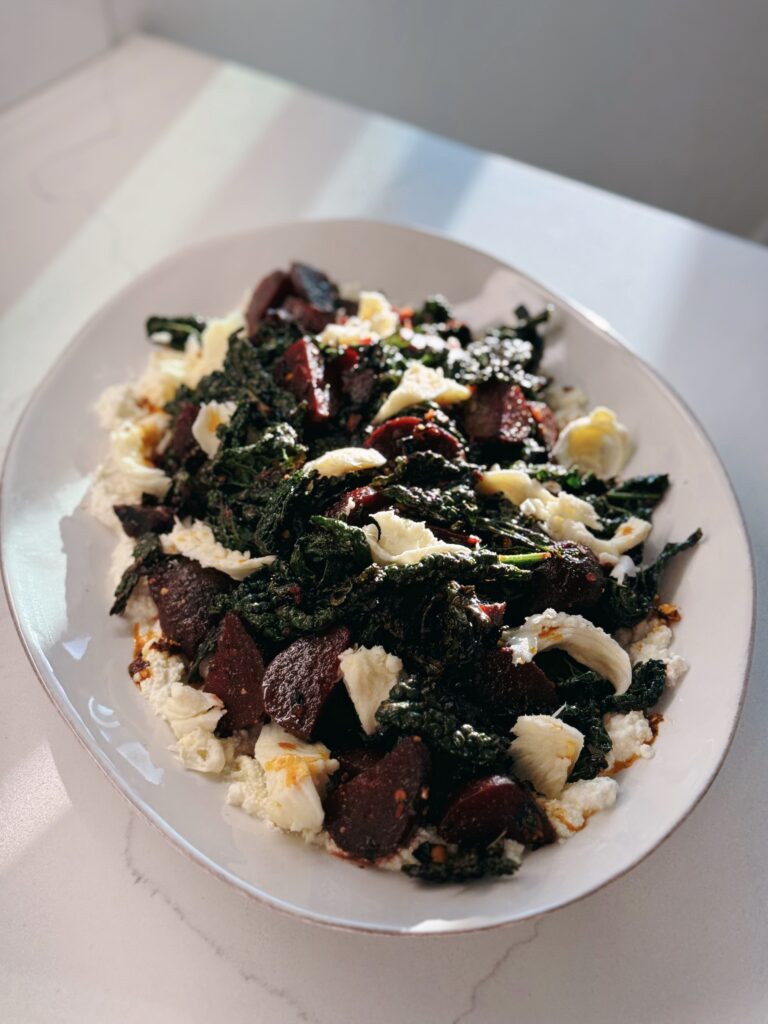Remember the ’90s? “Ethnic” food meant Chinese chicken salad, fajitas, and various ~pizza creations~. Everyone’s so creative!
That being said, I’m nostalgic for some of the finer culinary delights the 1990s offered us. Pasta salad, imitation crab in everything, and seven-layer bean dip should have come with us to the new millennium. Even though bean dips are not as ubiquitous as they once were, there’s no reason why you can’t easily recreate it at home. Serve this with chips and you’ll wonder why we still don’t wear hypercolor and fanny packs with everything.
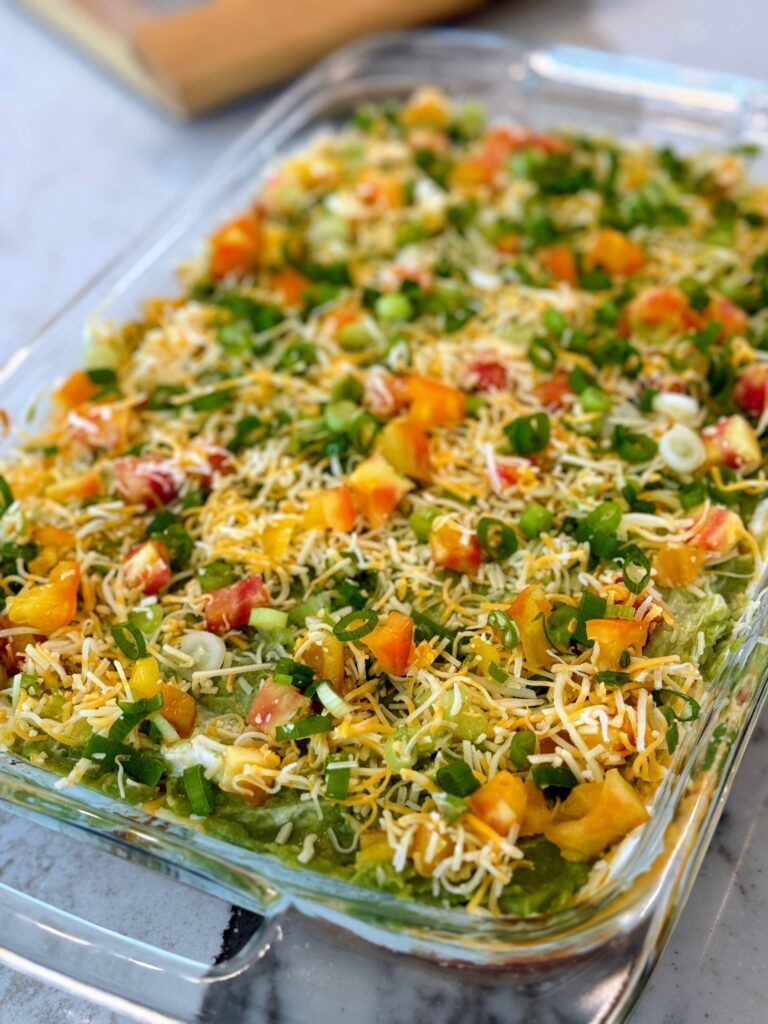
- 1 15-ounce can refried beans
- 1 jalapeno, seeded and chopped
- 1 cup chunky salsa
- 1 cup guacamole
- 1 cup sour cream
- 1 3-ounce can sliced black olives, drained
- 1 cup shredded Monterey Jack cheese
- 1 tomato, chopped
- 4 green onions, sliced
- Tortilla chips, to serve
- Combine beans and jalapeno and spread onto a 12-inch casserole dish. Layer the salsa, guacamole and sour cream over beans. Sprinkle with olives, cheese, tomato and green onions.
- Refrigerate until ready to serve. Serve with tortilla chips.

